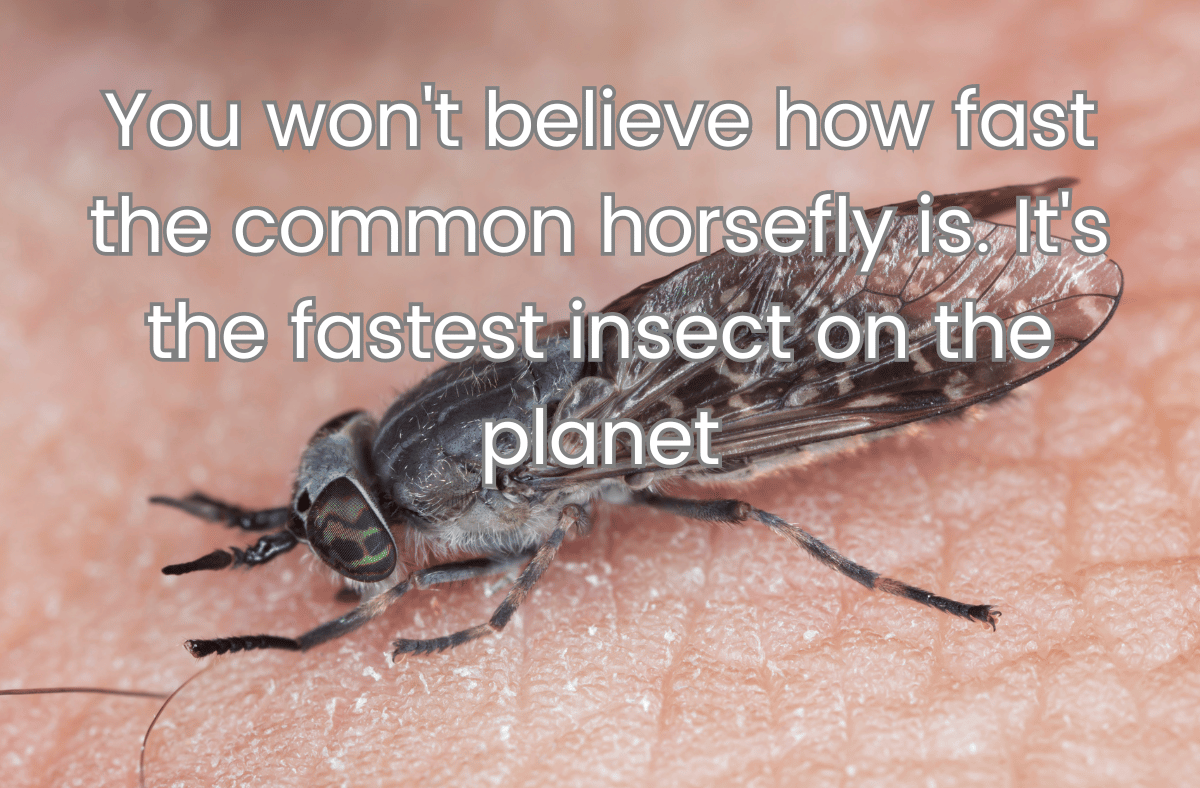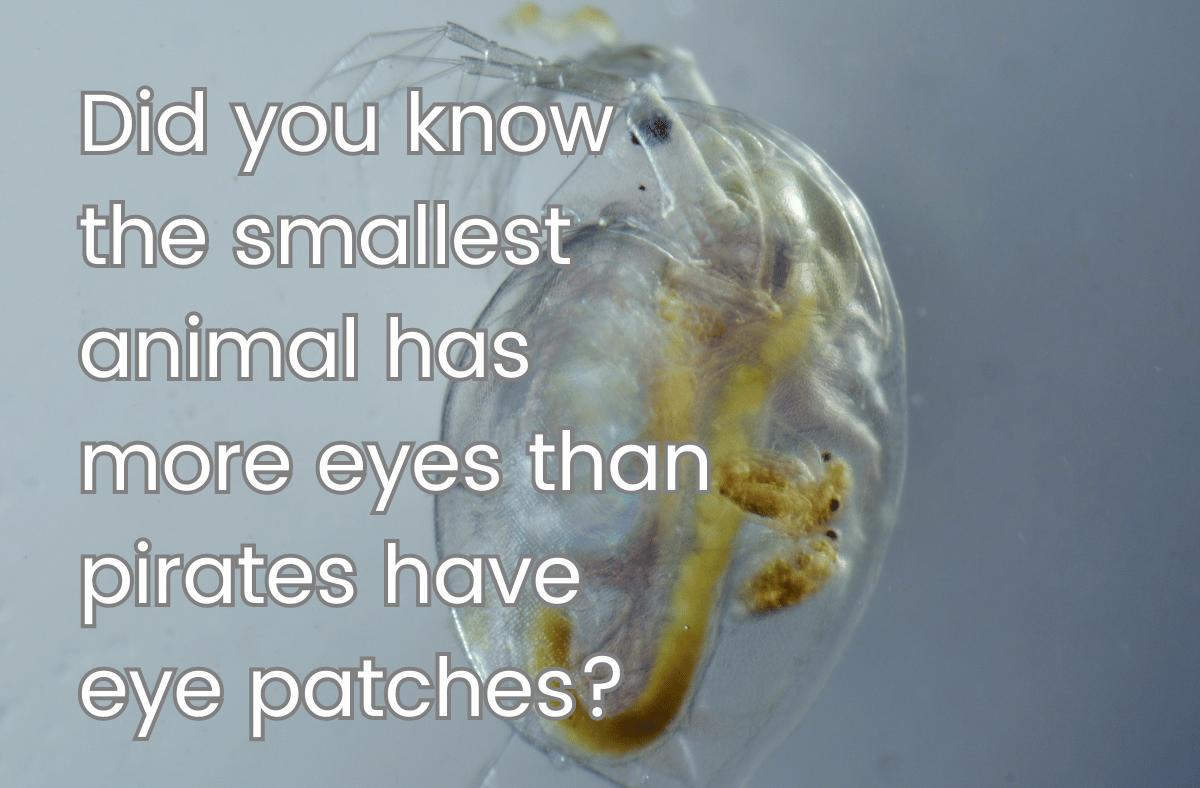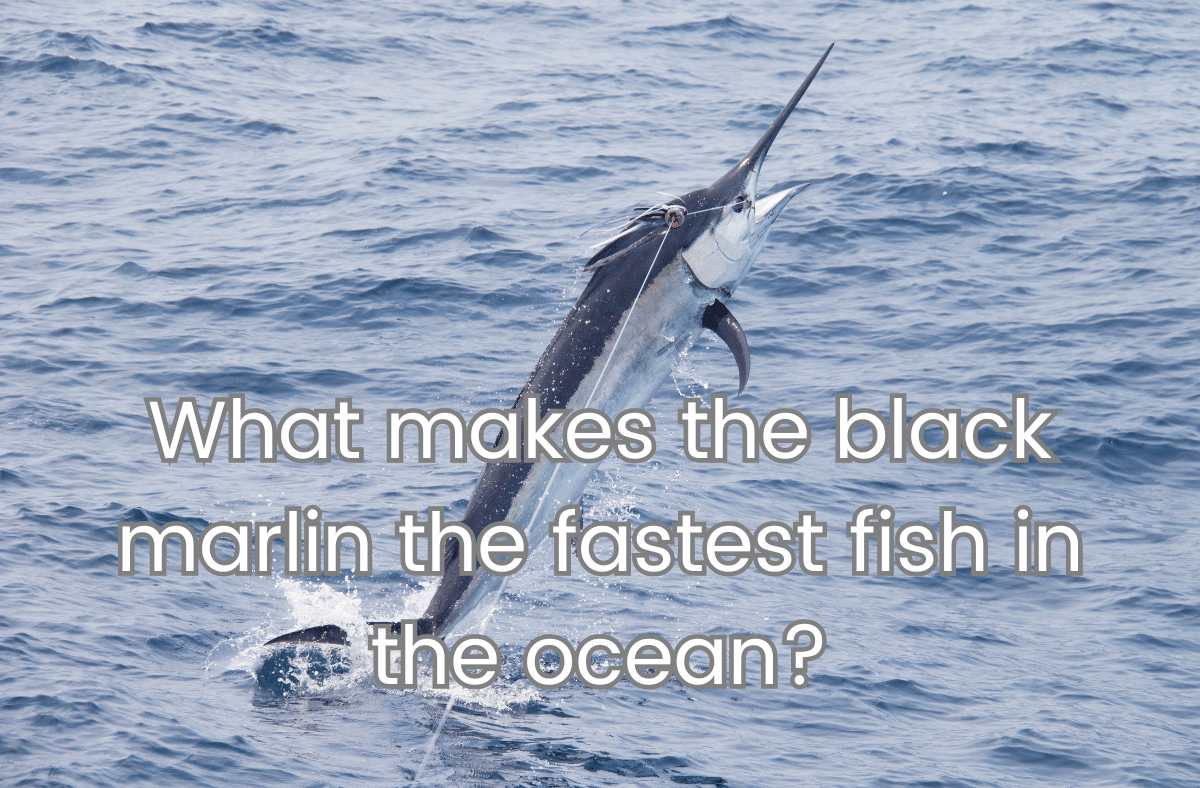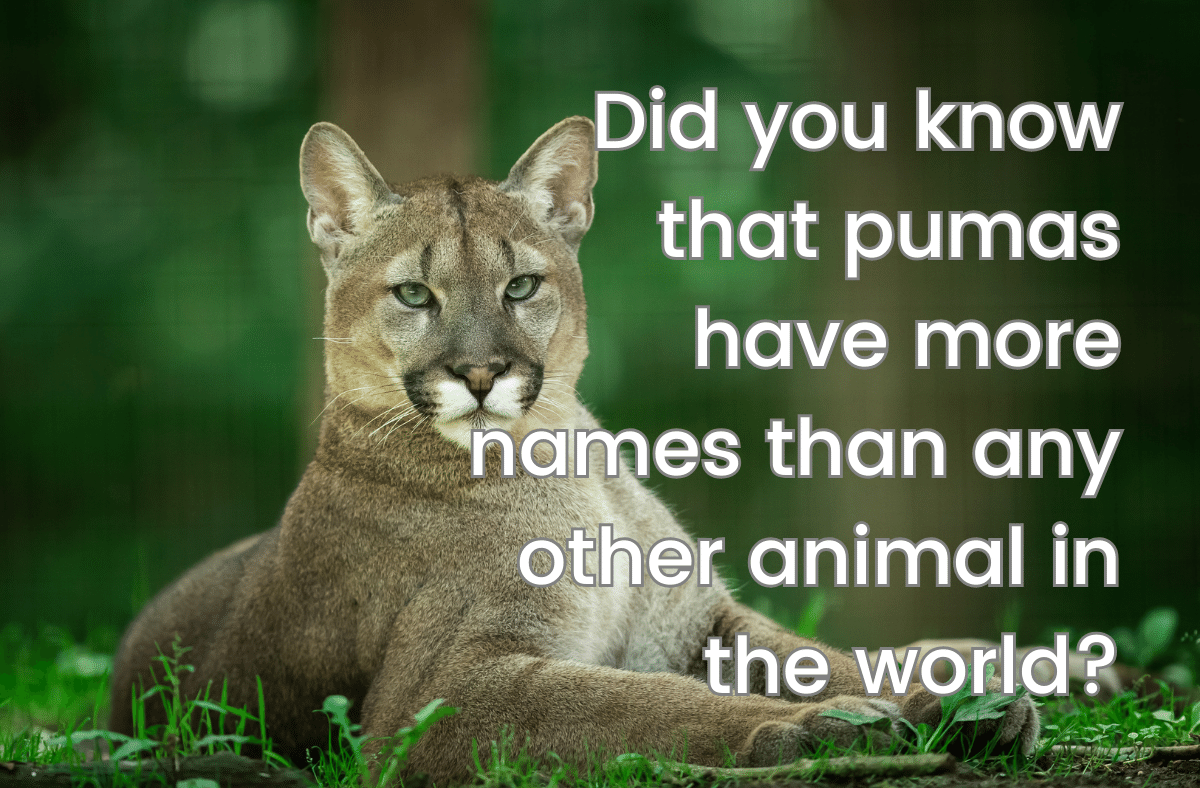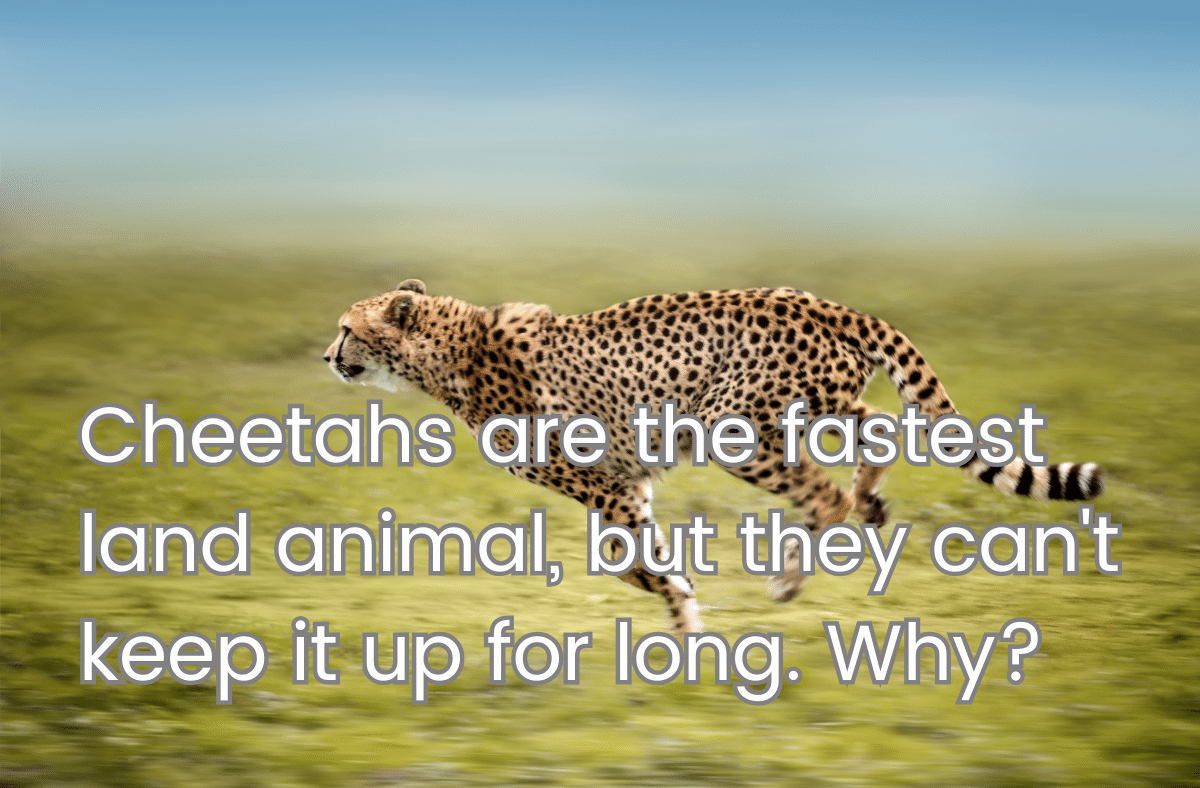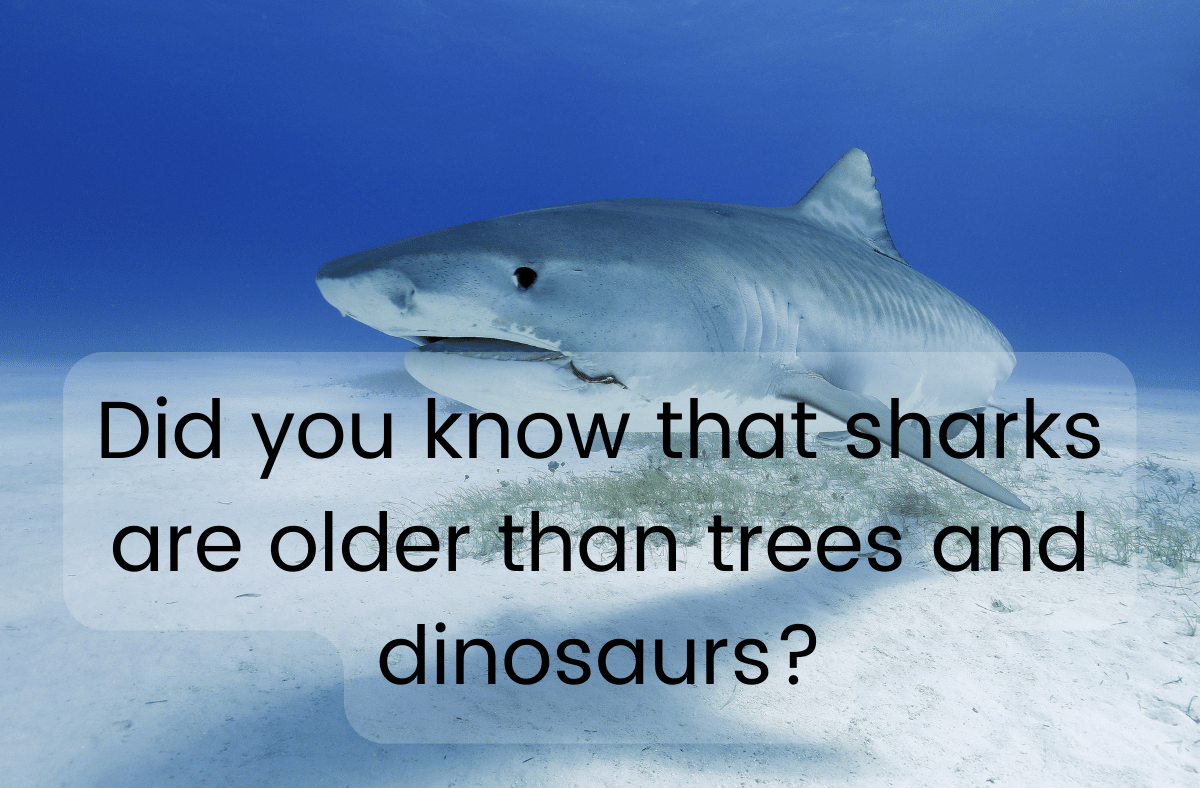For those in a hurry
- Ostriches are omnivorous birds that eat plants, insects, reptiles, and small animals.
- They have three stomachs: a glandular stomach, a muscular stomach (ventriculus), and an intestinal stomach.
- They swallow pebbles to help them grind their food in the ventriculus, which acts like a mill.
- The pebbles stay in the ventriculus for some time and are replaced periodically.
- Ostriches do not eat metal objects like nails or horseshoes, contrary to popular myths.
Unveiling the Remarkable Digestive System of Ostriches
Ostriches, the largest flightless birds on Earth, possess a digestive system that is both intriguing and unique. Despite having three stomachs, these magnificent creatures still rely on a rather peculiar method to aid digestion – swallowing pebbles. In this article, we explore the fascinating details of the ostrich’s digestive process and uncover the role of pebbles in their remarkable digestion.
The Three-Chambered Digestive System
Ostriches boast a digestive system composed of three distinct compartments. Each chamber plays a crucial role in the breakdown and absorption of their food, allowing these remarkable birds to extract maximum nutrients from their diet.
The First Chamber: The Foregut
The foregut, the first chamber of the ostrich’s digestive system, is where the initial breakdown of food begins. Here, the food mixes with digestive enzymes and undergoes partial digestion before moving on to the next stage.
The Second Chamber: The Gizzard
Next in line is the gizzard, a muscular organ responsible for grinding and pulverizing the ingested food. Ostriches lack teeth, so this grinding action helps break down the food into smaller particles that are easier to digest.
The Role of Pebbles
To aid in the grinding process, ostriches instinctively swallow small pebbles or stones, which collect in the gizzard. These pebbles act as gastroliths, helping to mechanically break down food particles and assist in the mechanical digestion of tough fibrous materials.
The Third Chamber: The True Stomach
After the gizzard, the food passes into the third chamber, known as the true stomach or proventriculus. Here, further enzymatic digestion takes place, with the help of gastric juices and acids, to break down the food into its nutrient components.
A Delicate Balance
The consumption of pebbles is a delicate balance for ostriches. While they are essential for effective digestion, the birds must carefully select the right size and quantity of pebbles to avoid overloading their digestive system.
The Ostriches Nutrient-Rich Diet
Ostriches have a diverse diet that includes vegetation, seeds, insects, and even small animals. Their digestive system, aided by the pebbles, ensures that they can efficiently extract nutrients from this varied diet.
Conclusion:
Pebbles and Three Stomachs: Ostriches Digestive Marvels
In conclusion, ostriches’ digestive system is a testament to the marvels of nature. Their three-chambered digestive system, comprising the foregut, gizzard, and true stomach, allows for efficient breakdown and absorption of nutrients. The ingestion of pebbles in the gizzard serves as an ingenious mechanism to aid in the mechanical digestion process. By understanding the intricate workings of the ostrich’s digestive system, we gain a greater appreciation for the incredible adaptations that enable these magnificent birds to thrive in their natural habitats.














